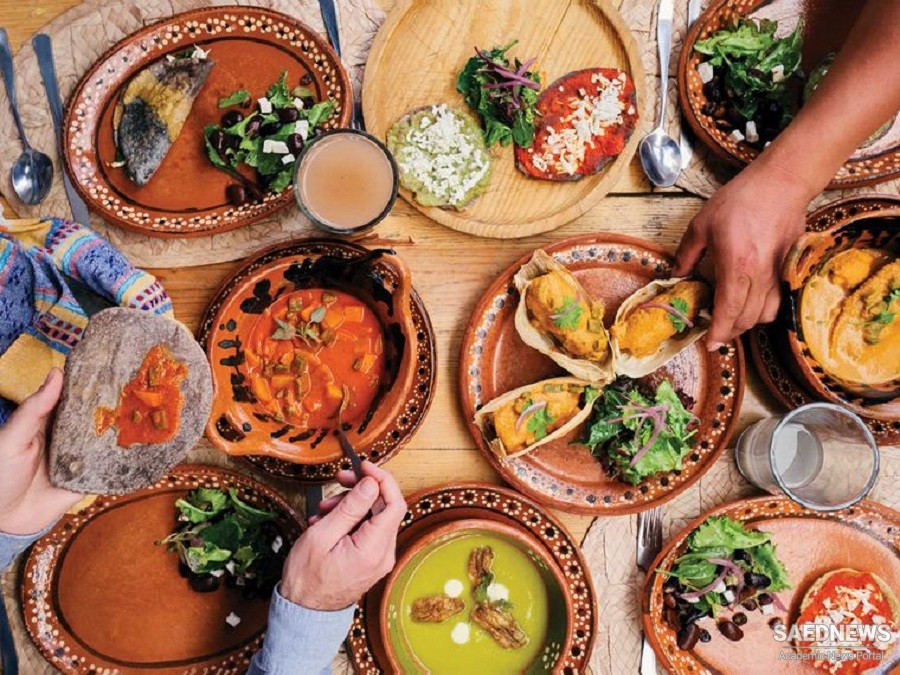Another reason for interest by students of tourism in food is that it is an attraction in its own right for travel. This can be both for the purposes of visiting a specific event or a built attraction, such as a brewery, cheese makers or restaurant. Tourists may also travel to a particular destination which has established a reputation as a location to experience quality food products, e.g. the Napa Valley in California, Provence in France, Tuscany in Italy, Niagara in Ontario, or the Yarra Valley in Victoria, Australia. Significantly, in her study of the interdependence of farming and tourism in Vermont, USA, which had a very significant food tourism component, Wood found that that 84 per cent of respondents value the farm landscape of Vermont and 59.4 per cent say they would be less likely to visit Vermont if there were very few farms. From this perspective food tourism may therefore be regarded as a form of speciality travel or special interest tourism. The other reason for one's specific engagement with the food lies in the fact that it is integral to the tourist experience, food has become an important element in the marketing of tourism and in determining visitor satisfaction, as well as an important component of hospitality studies. However, as pointed out by Mitchell, Hall and McIntosh in relation to wine tourism, ‘profiles of wine tourists in one region should not automatically be assumed to be the same as in another, or even from one winery to another’. Understanding the differences between visitors becomes very important for marketers and operators in targeting potential food tourists.


 Food as an Essential Element of Tourism
Food as an Essential Element of Tourism














































